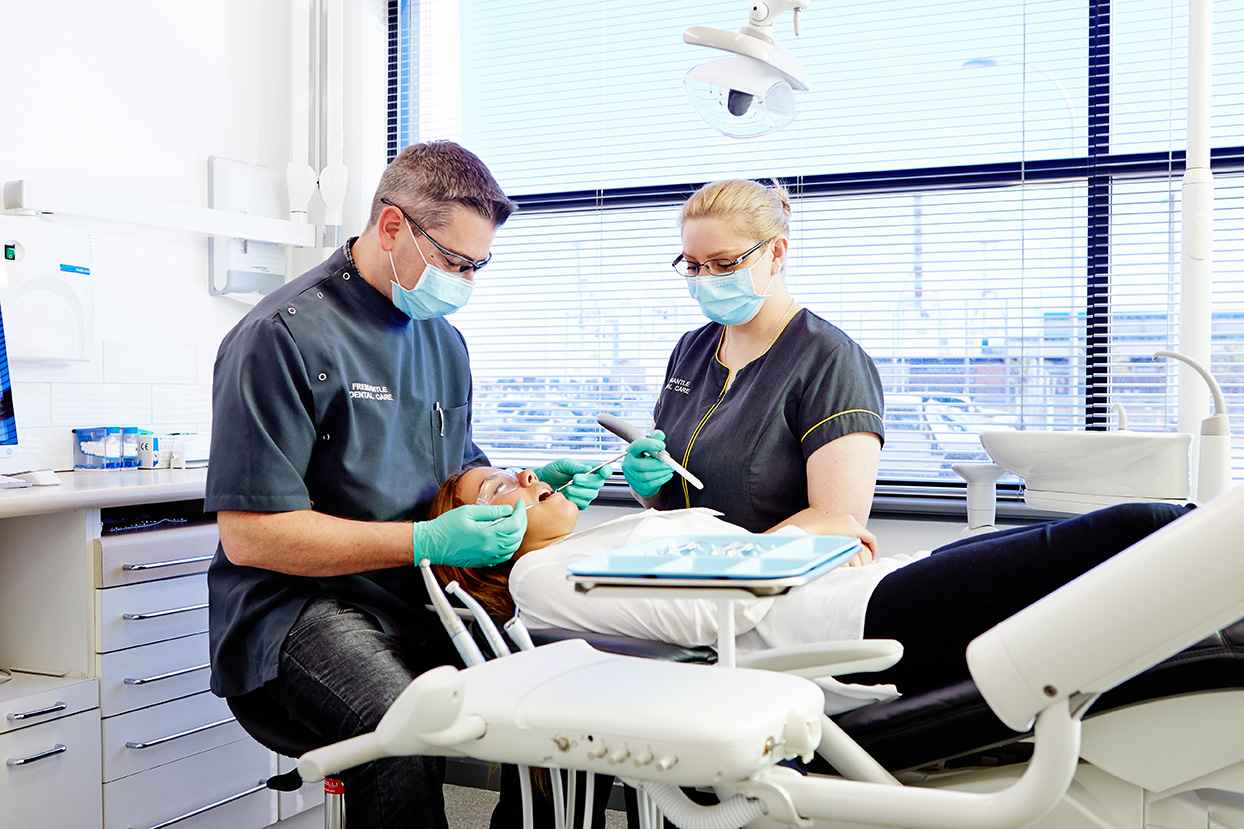It’s true that perhaps the words “comfort” and “relaxation” aren’t always synonymous with a visit to your local dentist. But that doesn’t mean that it isn’t possible. Modern dentistry has made great strides not only in its ability to improve dental hygiene and health, but the comfort experienced during procedure too.
If injections and needles make you uneasy, you’ll be glad to hear that you can avoid dental injection pain thanks to the different types of sedation dentistry that exist.
What Is Sedation Dentistry?
Sedation dentistry refers to a collection of dental techniques used on patients that experience anxiety during dental procedures or need to undergo a long procedure. These techniques help keep the patient calm and are a better alternative to general anaesthetic, which renders a patient unable to respond to instruction.
Types of Sedation Dentistry
- Laughing Gas – The scientific name for laughing gas is nitrous oxide. By virtue of being a gas, its effects are not long-lasting and will wear off shortly after you stop inhaling it. You’ll also be able to maintain consciousness while taking laughing gas. For some patients, this technique is sufficient. In other cases, it’s used in addition to oral sedation.
- Oral Sedation – This is also known as conscious sedation. As implied by the name, it involves ingesting a prescribed dose of sedatives before your procedure. The duration before your procedure will vary from case to case but the dentist overseeing your procedure will inform you of the correct timing. This technique is usually used on more anxious patients, as its effects are stronger than laughing gas. Patients will remain awake and conscious but will have next to no recollection of the events during procedure. If your procedure requires oral sedation, then it’s recommended you come with family or friends to help you get home afterwards. The sedation will leave you feeling drowsy but will most likely wear off by the next day.
- IV Sedation – This type of sedative is also known as “twilight”. It will make you sleepy, and in most cases, forget the whole procedure. You will, however, still be conscious and the dentist will be able to wake you if need be.
- General Anaesthesia – Finally, general anaesthesia renders a patient completely unconscious and should be administered by an anaesthesiologist or nurse anesthetist.
For more information on how to cope with your doubt and anxiety for visits to the clinic contact us today to book your appointment.



